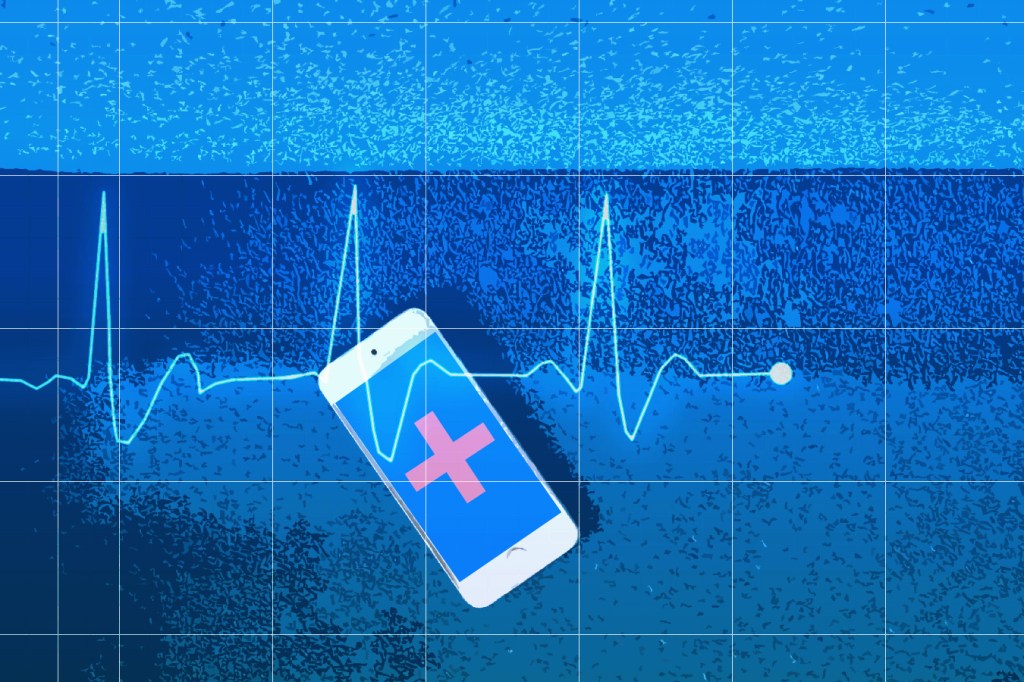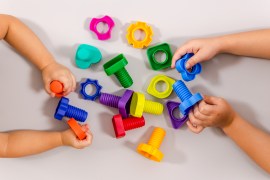Medical professionals have been storing personal health information in electronic form for more than a decade, but it is cumbersome for patients to gather disparate computer and paper records scattered across doctors’ offices, hospitals and medical labs.
Wouldn’t life be easier if you could view your full medical history with a few taps on your smartphone?
The consolidation of medical records may be on its way, as technology companies prod the health care industry to embrace an internet-based common standard for storing and sharing patient information. It’s known as FHIR and pronounced “fire” — a catchier way of saying Fast Healthcare Interoperability Resources.
Industry analysts say the rapidly growing demand for freer exchange of health care information is creating an electronic health record market estimated to reach $38 billion by 2025. With numbers like that bandied about, it should come as no surprise that Silicon Valley tech giants Apple and Google are lining up for a slice of the pie — as are other technology behemoths, including Amazon and Microsoft. Those corporations, and many smaller companies and startups, offer FHIR-based apps and services to consumers and health industry professionals.
The idea behind FHIR is to share specific pieces of information, such as symptoms, procedures or diagnoses, without passing along entire documents. Each discrete chunk of data has a unique identifier, which makes it possible for patients, doctors and researchers to get the information they need on any device or browser, regardless of where the data is stored.
Proponents of the new standard say it should ensure that health care information can be exchanged seamlessly among providers across the industry — from a urine-testing laboratory in Los Angeles, for example, to a pediatrician in Redding, California.
When tech companies can agree to use an industry standard, the adoption of new technology accelerates: Think Bluetooth or USB. It’s a confusing tangle when that doesn’t happen: Think laptop power cords.
Adoption of the medical record-sharing standard may begin to accelerate with the rollout of a new federal rule this year requiring health care providers that receive payments from the U.S. government — Medicare and Medicaid — to use FHIR-compatible apps for patient data.
FHIR has met considerable resistance, however. Until recently, there were few business incentives and limited advocacy by health care providers to create the necessary demand for FHIR’s adoption, said Micky Tripathi, chairperson of the advisory council of Health Level Seven International, a not-for-profit developer of electronic health information standards that created FHIR.
“Change will come incrementally over time, not overnight,” Tripathi said. “The older standards, though inferior, have the advantage that they are in use today and the cost of ripping and replacing them is not worth the added benefit.”
Some hospitals and medical clinics put the brakes on the very concept of data sharing by engaging in “information blocking” in an effort to retain patients. In 2016, Congress enacted financial penalties to stop them from doing so, but their resistance has not been eliminated.
“There have been roadblocks that prevent innovations and data from being widely shared where it could benefit patients,” said Julia Adler-Milstein, director of the Center for Clinical Informatics and Improvement Research at the University of California-San Francisco.
Beyond its potential to revolutionize medical records requests, FHIR may also provide the first reliable gateway for patient-generated health information from millions of smartwatches, fitness trackers and blood pressure monitors to merge with clinical data in doctors’ offices, people in the industry say.
The need for a standard arose from the incompatibility of electronic health records at medical sites ranging from hospitals and doctors’ offices to urgent care clinics and nursing homes.
Digitizing health records was intended to clean up the chaos of paper-based medical histories, allowing information to be shared more readily. But many practitioners still rely on paper, and among those who have made the digital switch, medical records often lie isolated in electronic silos.
In 2014, Health Level Seven International proposed leveraging how the internet works to break open the silos. FHIR evolved quickly, creating what its product director, Grahame Grieve, calls a “public treasure” of international health information exchange.
At UCSF, FHIR is being used in a study to track the weight of newborns hour-by-hour. UCSF’s Healthy Start program integrates weight data with other information about each newborn to alert doctors when one of them may be struggling.
Established medical technology companies and a host of startups are salivating over FHIR, because eventually it could give them paths to lucrative uses of data, including for personalized medicine, population health and medical genetics as well as in emerging technologies such as machine learning and artificial intelligence.
“We want to have FHIR in our analytics and machine-learning tools,” Aashima Gupta, Google Cloud’s director of Global Healthcare Solutions, said at a conference in Orlando, Florida, in February.
Tech giants are already striving to benefit from the growing use of FHIR:
- Microsoft recently released FHIR Server for Azure, its data-on-demand offering, to attract health care clients to its cloud services.
- Google joined with the American Medical Association in an effort to improve coordination among health care systems with FHIR and develop methods of collecting and managing patient-generated health data.
- Apple’s Health Records app uses FHIR to let consumers download data from their health care providers.
- Amazon Comprehend Medical works through Amazon Web Services to offer guidance for health care data specialists using FHIR.
Six big tech companies — Microsoft, Google, Amazon, IBM, Oracle and Salesforce — have also joined to support FHIR and broader sharing of health care data through a government-endorsed project called Blue Button, which is intended to make it easier for patients to view and download their health records.
Consumer advocates and cybersecurity experts warn that personal health information shared on the web could be compromised. They want to make sure the risk is minimized before any widespread rollout of FHIR products. Patients do not have a say in how their health providers store medical information, but patients can request their records be sent in the format they prefer, including paper.
Facilitating access to all that data for both patients and providers without first determining how to keep it secure may open a Pandora’s box that can never be shut, warned David Finn, executive vice president of strategic innovation for CynergisTek, a Mission Viejo, California, and Austin, Texas-based cybersecurity consulting firm.
“We have to change the way we think about data. It is our most valuable asset. But we have not adjusted our thinking about data to how the bad guys think of it,” Finn said. “Until we think about what you could do maliciously with that information, I’m afraid we will not catch up with them.”
This story was produced by KFF Health News, which publishes California Healthline, an editorially independent service of the California Health Care Foundation.







